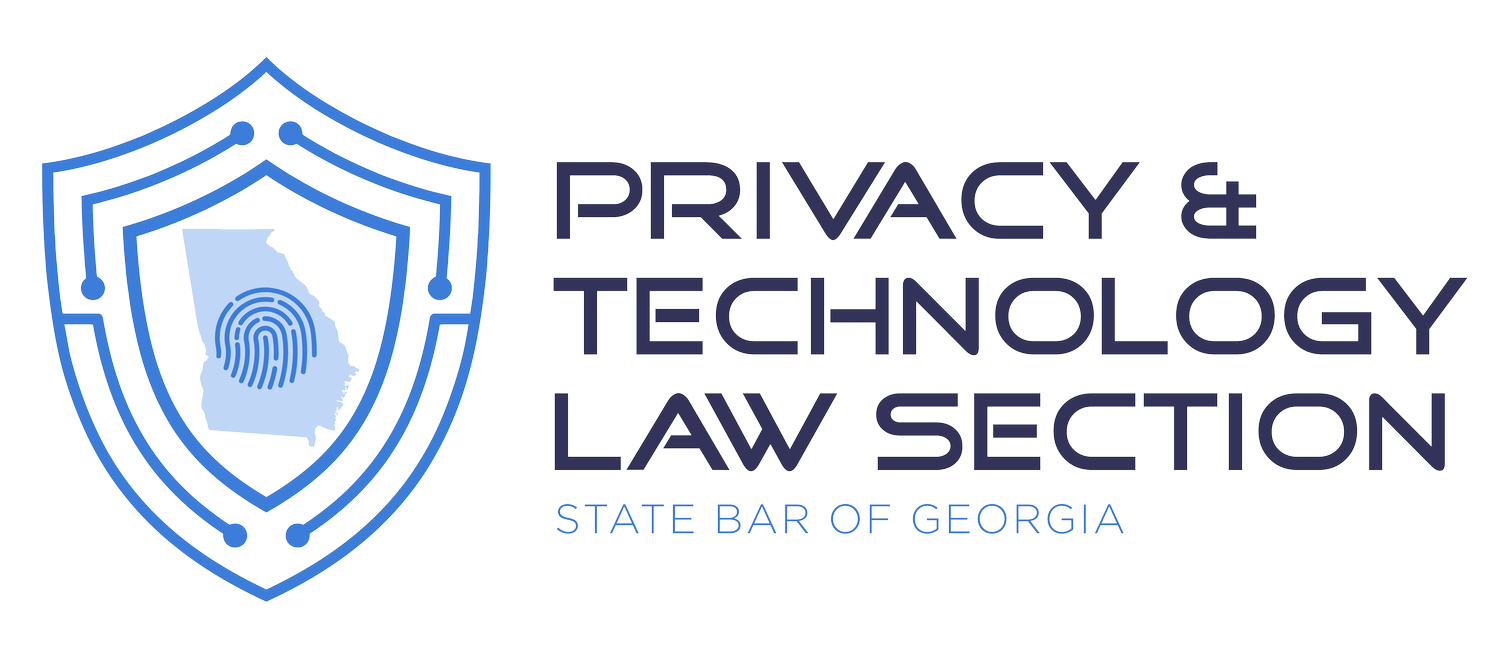By Natasha H. Moffitt[1. Natasha Moffitt is a partner in the Intellectual Property Practice Group at King & Spalding. Ms. Moffitt’s practice focuses on intellectual property litigation and counseling, with a particular emphasis on patent litigation. She can be reached at nmoffitt@kslaw.com.] & Suzanne Johnson[2. Suzanne Johnson is an associate in the Intellectual Property Practice Group at King & Spalding, and focuses her practice on patent litigation. She can be reached at suzanne_johnson@kslaw.] There was a marked rise in the filing of false patent marking litigation in 2010, with over 500 such cases having been filed in that year alone. Small and large companies alike have found themselves in the crosshairs of such lawsuits, leaving many others wondering whether they can avoid becoming the next target.
Liability For False Patent Marking
Section 292 of the United States Patent Act provides, in part, that a person may be liable for false patent marking if he or she, for the purpose of deceiving the public, (1) marks upon any unpatented article the word “patent” or any word or number importing that the same is patented, or (2) marks upon any article the words “patent applied for,” “patent pending,” or any word importing that an application for patent has been made, when no such application has been made or is pending. See 35 U.S.C. § 292. The statute further provides that persons found liable for false patent marking “[s]hall be fined not more than $500 for every such offense.” Any person may sue for the penalty, with one-half of the penalties going to the person bringing suit, and the other half going to the United States.
Forest Group, Inc. v. Bon Tool Co.: Penalties Should Be Applied On A Per Article Basis
In its December 28, 2009 decision in Forest Group, Inc. v. Bon Tool Co., 590 F.3d 1295 (Fed. Cir. 2009), the United States Court of Appeals for the Federal Circuit interpreted the false patent marking statute as requiring that penalties be imposed on a per article basis. The Court explicitly rejected the notion that the statute imposes only a single fine for each decision to falsely mark, reasoning that such a limited reading of the statute would be insufficient to deter false markers, and would not provide sufficient financial motivation for members of the public to bring suit on behalf of the United States Government. While the Court acknowledged that its decision might spark a rise in “marking trolls,” it concluded that “it seems unlikely that any qui tam plaintiffs would incur the enormous expense of patent litigation in order to split a $500 fine with the government.”
The Aftermath of the Forest Group Decision
Since the Forest Group decision in late 2009, the legal industry has witnessed a steady increase in the filing of false marking suits. More than 500 false patent marking cases were filed in 2010, compared to only 17 such cases having been filed in 2009. Many of these suits have been filed by plaintiffs that have not suffered any direct harm, and that may have been formed for the sole purpose of pursuing such litigation and the significantly higher damages that may now be available.
Legislation has been proposed that may curb the filing of such suits, and may retroactively limit the damages that are available in pending suits. For example, some proposed legislation would help protect companies by requiring that plaintiffs show competitive injury, and by instituting compensatory damages, as opposed to statutory damages. Whether and when such legislation will be passed is uncertain. The Patent Reform Act does appear to be gaining momentum in the Senate, with backing from Democrats and Republicans, and has strong support from the Obama administration. Nevertheless, it still contains some controversial provisions, unrelated to false marking, opposed by several stakeholder groups.
How Can A Company Protect Itself Against A False Patent Marking Claim?
Companies should evaluate their patent marking practices, and take steps to limit their exposure to false marking claims and penalties. In particular, companies should consider conducting an audit to ensure that:
-
products marked with a patent number or other patent information practice at least one claim of the patent; the patent has not expired; the patent has not been invalidated by any court or administrative decision; and the patent has not been found to be unenforceable; and
-
products marked with patent application information or “patent pending” practice at least one claim of the pending patent application; and the patent application remains pending before the Patent Office.
Importantly, companies should reevaluate whether a product has been properly marked any time (i) the claims of the patent are construed during litigation, or the patent holder proffers constructions during litigation; (ii) the scope of the patent claims changes upon reissue, during reexamination, or during prosecution of the original pending application; and (iii) the design or functionality of the marked product changes such that it may no longer be covered by the patent or the pending application. In addition, patent markings for expired patents and abandoned applications should be promptly removed from products, product packaging, and associated advertising.
Companies wishing to discuss the false marking statute, any impact it may have on their business, how to audit their patent marking practices, and how to limit their exposure should consult their patent counsel.
